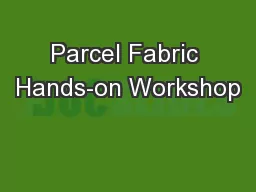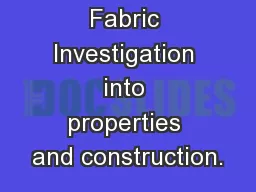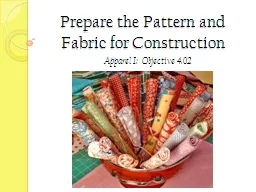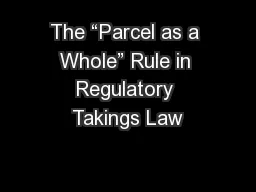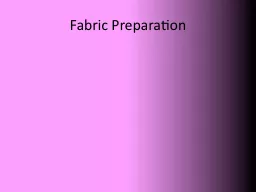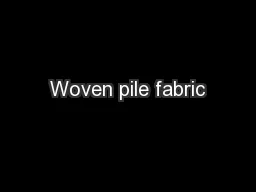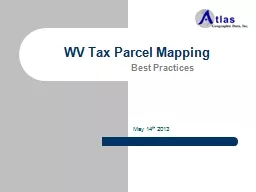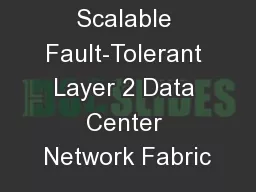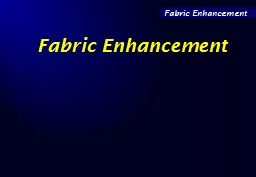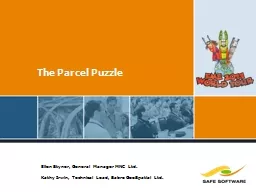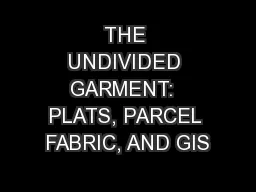PPT-Parcel Fabric Hands-on Workshop
Author : pasty-toler | Published Date : 2017-05-26
Steve Koenig Ohio office Travis Gregorich Ohio office Artie Robinson North Carolina office Data Management Modeling amp Analysis Field Collection Operational
Presentation Embed Code
Download Presentation
Download Presentation The PPT/PDF document "Parcel Fabric Hands-on Workshop" is the property of its rightful owner. Permission is granted to download and print the materials on this website for personal, non-commercial use only, and to display it on your personal computer provided you do not modify the materials and that you retain all copyright notices contained in the materials. By downloading content from our website, you accept the terms of this agreement.
Parcel Fabric Hands-on Workshop: Transcript
Download Rules Of Document
"Parcel Fabric Hands-on Workshop"The content belongs to its owner. You may download and print it for personal use, without modification, and keep all copyright notices. By downloading, you agree to these terms.
Related Documents

